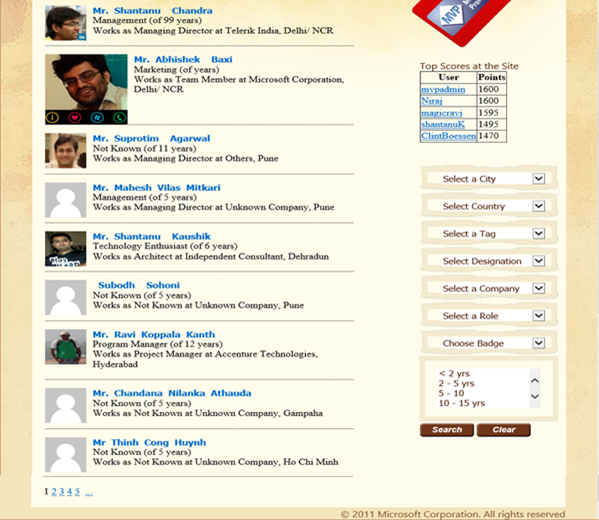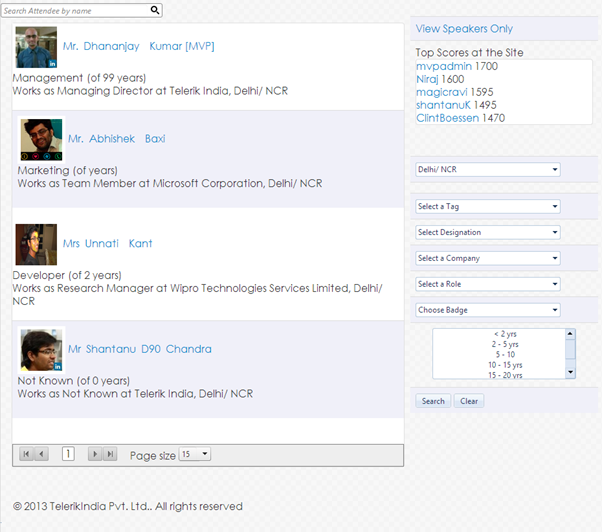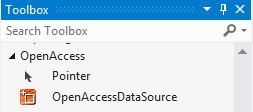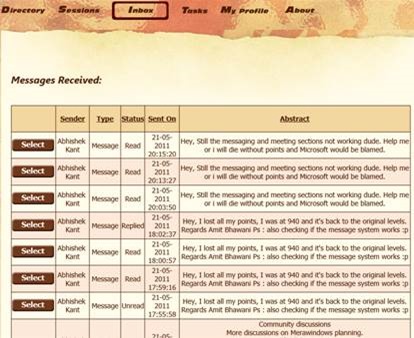 Mobile apps have mostly meant games and a few more utility apps. While this is a large section of the mobile app ecosystem, there is a potentially lucrative market waking up now to the possibilities of mobile apps – The Enterprise.
Mobile apps have mostly meant games and a few more utility apps. While this is a large section of the mobile app ecosystem, there is a potentially lucrative market waking up now to the possibilities of mobile apps – The Enterprise.
The enterprise mobility requires a different set of considerations than the consumer oriented mobile apps. While in-app ads, mobile commerce, frame rates, access to a RadBackend (or mBaas) may be important for consumer apps, the enterprise looks for value elsewhere.
For long enterprises have controlled the hardware and the software that is allowed within its premises for reasons of security, resource optimization and IT management. These days employees are getting their own mobile devices into the enterprise leading to a more heterogeneous environment.
A story that illustrates this is about an enterprise that adopted WiFi to make it easy for employees to work on their laptops anywhere in the building. The load was calculated keeping in mind the number of laptops in the organisation (a decent assumption). The infrastructure collapsed within a week of it launching. On investigation, the IT realized that the devices logging into the WiFi system were more than double of what was planned for. The sneaky addition was the mobile devices of the employees (outnumbering the laptops easily)!
Now, let us look at the requirements that an enterprise or small & medium business might have of the mobility application platform that they may use:
Support for heterogeneous devices
The BYOD trend can saddle an enterprise with multiple platforms – Android, iOS, Windows Phone & BlackBerry. Add to it the complexity of different form factors for each platform. The mobile apps need to accommodate and embrace this heterogeneity.
Legacy Hardware Infrastructure
A lot of infrastructure is in production in an enterprise. This may include the LAN architecture and the servers in use. The enterprises will need to add WiFi infrastructure and provision for the additional load on the IT servers by the way of mobile.
With mobility, users will also want to access data from outside the corporate network. The organisation may need to revisit its IT policies to allow data access from outside corporate network.
Security
The enterprise first needs think about securing the mobile devices though policies (e.g. password, retention). An investment needs to be made in the device management software allowing for capabilities like platform upgrades, remote wipe/lockout.
The next step is to plan user authentication via the mobile apps. Mobile apps are thick clients and need a different authentication mechanism(s) than currently used. Extending LDAP or ADFS infrastructure becomes necessary here.
Apart from authentication, one needs to consider authorization in the mobile apps. Consider the nightmarish scenario of HR deptt accessing sales apps and employees accessing executive dashboards.
Integration with Business Apps
 IT has become the backbone of the modern enterprise. Various business applications (e.g. SAP, Oracle, Salesforce, SharePoint) are driving the everyday business processes. Mobile devices require a different set of endpoints to be exposed (namely webservices). The enterprise needs to consider the extensibility of the apps to accommodate this requirement.
IT has become the backbone of the modern enterprise. Various business applications (e.g. SAP, Oracle, Salesforce, SharePoint) are driving the everyday business processes. Mobile devices require a different set of endpoints to be exposed (namely webservices). The enterprise needs to consider the extensibility of the apps to accommodate this requirement.
Enterprise App Stores
The mobile app ecosystems are tightly controlled by the platform vendors. The devices are only allowed to download apps from the “official” marketplaces of the devices. This leads to exposure of apps meant for the employees of the organisation to the masses. This risk can be mitigated by integrating secure login into the application.
Another option is to deploy an enterprise app store working with the platform vendors. This option may be more expensive and resource intensive (think registering devices in the app stores).
Development Choice
The enterprise needs to make a decision on the the development technology and the tool of choice. Today, the options exist between Native Development or Hybrid Development. Hybrid development offers a host of benefits including reuse of existing skills, cross platform development and lower hardware requirements for mobile app development.
I believe that today’s enterprise requirements are very well met with the Hybrid Mobile Development approach. In a recent report by reserach2guidance, they found the following:
“The majority of users say that CP (Cross Platform) Tools have saved them time compared to native app development. Almost 45% of the users estimate time-savings of 50% and more.”
Equally important things to consider would be requirements, configuration, bug and release management for the application development phase.
Mobile Testing
The mobile apps should perform as per expectations. Having a good quality team to whet the quality of the initial release is very important. Even more important is to have an automated process in place to verify each app release meets the quality bar of the organization.
App Analytics
This is an area that hasn’t been paid much attention to but would pay tremendously if included in the mobile app. Knowing the features of apps that are most widely used allows the enterprise on developing those features further. Also, knowing the detailed crash reports help to pinpoint the buggy sections of the code improving the reliability of the apps.
Synchronization/ Offline Capabilities
This is one non-functional requirement that takes special meaning in the mobile app scenarios. Since the mobile app works in the sometimes disconnected environment, it is important to have some offline way of caching data.
One needs to take care of the scenario where the server may not be available at intermediate times. Even at these times, the mobile app should provide some critical functionalities to the users.
Backend Services
While mBaaS services are in vogue today, they have limited value for the enterprises. The main challenge is that mBaaS are public cloud services. An enterprise may be reluctant to host its data in a public cloud due to security considerations. In addition to file and data storage, mBaaS services may also provide notification services, geolocation services, login services, digital wallets, audience segmentation and device management capabilities. The enterprise may consider mBaaS services if they require any of the above services.



















![clip_image002[5] clip_image002[5]](https://telerikhelper.files.wordpress.com/2013/05/clip_image0025_thumb.jpg?w=605&h=391)

































![clip_image002[6] clip_image002[6]](https://telerikhelper.files.wordpress.com/2013/03/clip_image0026_thumb.jpg?w=435&h=152)





![clip_image002[8] clip_image002[8]](https://telerikhelper.files.wordpress.com/2013/03/clip_image0028_thumb.jpg?w=586&h=537)

![clip_image004[5] clip_image004[5]](https://telerikhelper.files.wordpress.com/2013/03/clip_image0045_thumb.jpg?w=134&h=163)
![clip_image006[5] clip_image006[5]](https://telerikhelper.files.wordpress.com/2013/03/clip_image0065_thumb.jpg?w=602&h=322)
![clip_image008[5] clip_image008[5]](https://telerikhelper.files.wordpress.com/2013/03/clip_image0085_thumb.jpg?w=609&h=373)


![clip_image002[5] clip_image002[5]](https://telerikhelper.files.wordpress.com/2013/02/clip_image0025_thumb.png?w=1077&h=563)








